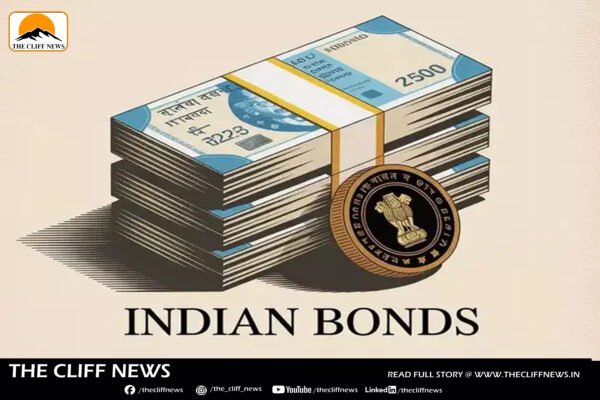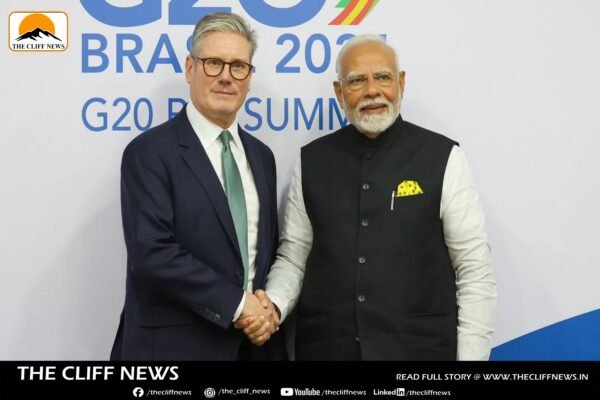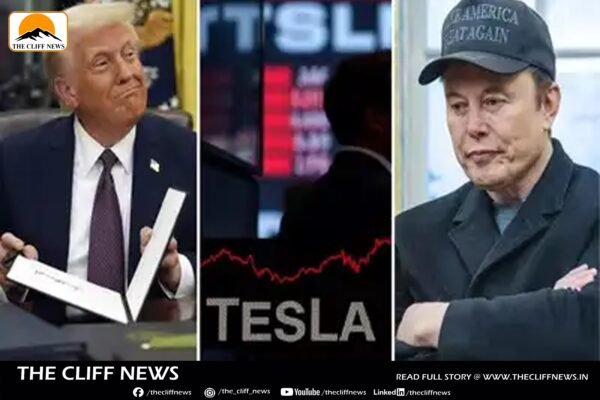Rupee, Bonds Under Pressure After US Strike on Iran; Oil Price Surge, Geopolitical Tensions Worry Markets
The Indian rupee and government bonds are expected to come under renewed pressure this week following a dramatic US military strike on Iran’s nuclear sites, an escalation that threatens to further destabilize the Middle East and push global oil prices higher. The rupee closed last Friday at 86.5850 per US dollar, posting a weekly decline of 0.6%, as markets grew jittery ahead of potential retaliation from Iran. The US strike, reportedly in coordination with Israel, has prompted strong condemnation from Tehran, which called it a “grave violation of international law” and vowed to defend itself. In response, President Donald Trump issued a stern warning that any Iranian retaliation would be met with further attacks, unless Iran pursued peace. Oil Prices Spike Amid Escalating Conflict Crude prices, already elevated due to earlier regional tensions, are expected to surge by another $3–$5 per barrel, analysts say. Brent crude futures closed at $77 per barrel on Friday, up nearly 4% on the week, adding to concerns for energy-import-dependent economies like India. Higher crude oil prices tend to exert downward pressure on the Indian rupee and inflate the country’s import bill, widening the current account deficit and pushing up inflation. “A flight to safety is likely to reinforce the dollar’s strength against the Indian rupee and other major currencies,” said Dilip Parmar, foreign exchange research analyst at HDFC Securities. He predicts the rupee could weaken toward 87.50 in the near term. Traders say that the Reserve Bank of India (RBI) may step in to curb any excessive volatility, especially if the rupee breaches the 87.50–87.60 range, considered its next immediate support zone. Bonds and Inflation Outlook India’s 10-year benchmark bond yield (6.33% 2035) ended Friday at 6.3087%, and is expected to move between 6.30% and 6.40% this week. A $10 per barrel increase in crude could widen India’s current account deficit by 0.3% of GDP, said CR Forex, potentially stoking inflation and eroding real yields. Earlier in June, the RBI cut its repo rate by 50 basis points, a deeper-than-expected move, and lowered its inflation forecast to 3.7% for the current fiscal year. However, the central bank also shifted its stance to ‘neutral’ from ‘accommodative’, signaling a potential pause in its easing cycle. “The RBI may wait longer to assess the impact before initiating another rate cut,” said Alaa Bushehri, head of emerging market debt at BNP Paribas Asset Management. “We expect the RBI to stay on hold in the coming months amid international uncertainties.” Other Market Triggers This Week Overall, with geopolitical tensions rising and oil markets reacting swiftly, both the rupee and bond markets will likely remain volatile, closely tracking developments on the international front.










